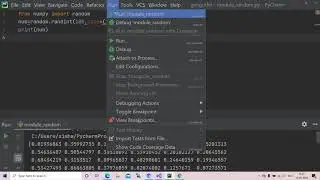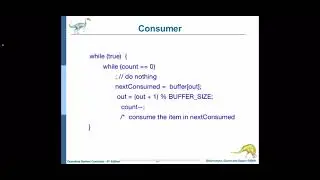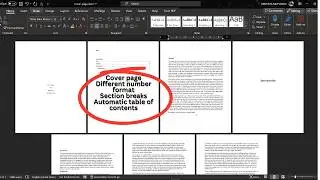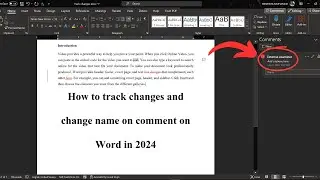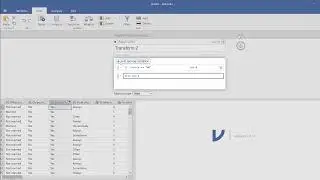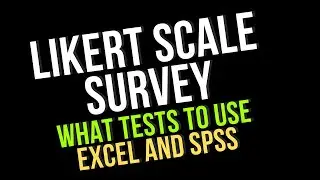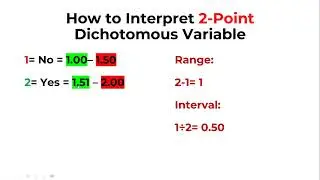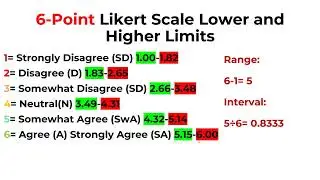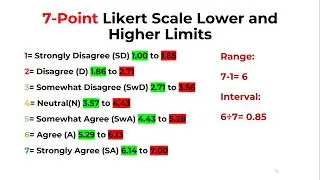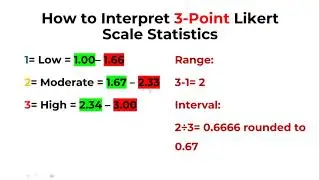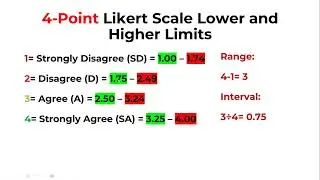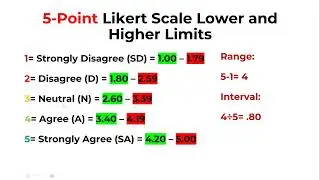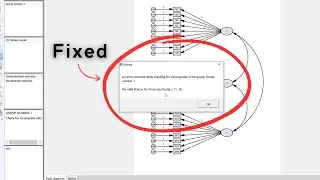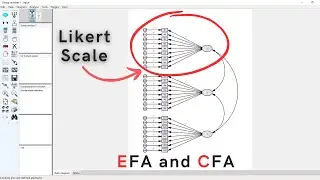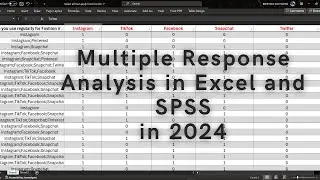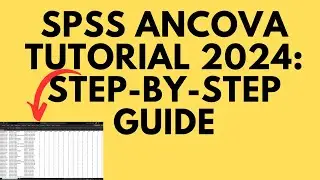Partial least square structural equation modeling of Likert scale on smartPLS 4
Prediction
Theory building
Latent variables
Observed variables
Measurement Model: The part of the PLS-SEM that deals with the relationship between latent variables and their indicators. It involves assessing reliability and validity (e.g., Cronbach’s alpha, Composite Reliability, Average Variance Extracted).
Structural Model: Represents the hypothesized relationships between latent variables. It is assessed using path coefficients, R-squared values, and effect sizes.
Bootstrapping: A non-parametric resampling procedure used to assess the reliability of the path coefficients and other estimates in the model.
Path Coefficients: Indicate the strength and significance of the relationships between latent variables in the structural model.
R-squared (R²): A measure of the amount of variance in a dependent variable explained by independent variables in the model.
Mediation Analysis: Investigates whether a third variable (mediator) carries the effect of an independent variable to a dependent variable.
Formative vs. Reflective Models: Reflective Models: Manifest variables are reflections of the latent construct. Formative Models: Manifest variables form or contribute to the latent construct.
Goodness of Fit: In PLS-SEM, traditional goodness-of-fit measures are not typically used. Instead, model evaluation focuses on the predictive capabilities and relevance of the model (e.g., predictive relevance Q²).
Cross-Validated Redundancy: A measure used in PLS-SEM to assess the predictive relevance of the model for reflective endogenous constructs.
Importance-Performance Map Analysis (IPMA): Extends PLS-SEM by adding a dimension of importance to the performance values of latent variables.
📌 For assistance with data analysis, kindly contact me via this email: [email protected] or WhatsApp: +212619398603 / wa.link/l6jvny / https://t.me/DrBenhima
Facebook: / benhima1
https://www.facebook.com/profile.php?...
Instagram: / medbenhima2015
LinkedIn: / mohamed-benhima-phd-6a1087109
TikTok: https://www.tiktok.com/@mohamedbenhim...
Google Scholar: https://scholar.google.com/citations?...
Researchgate: https://www.researchgate.net/profile/...
Twitter: / mohamed_benhima
Snapchat: https://www.snapchat.com/add/benhima0...
WhatsApp/Botim and Viber: +212619398603 / wa.link/l6jvny
E-mail: [email protected]
YouTube channel: / @mohamedbenhimaphd
-----------------------
🟨 Get Your Research Model Template for Research Proposals using Surveys! 📊🔬
👉📄✏: ✔ https://redev.gumroad.com/l/ifltp
Likert scale questionnaire design, validation, and analysis based on the Literature: TAM, UTAUT and other models
AI Detector Pro for AI Removal: 💡👉🏻 https://aidetector.pro/?aff=20483
✨Social media:
Email: [email protected]
WhatsApp: +212619398603 / wa.link/l6jvny
-----------------------
📚🔍 Get Your Research Model Template for Reliability and Validity! 📊🔬
👉 https://redev.gumroad.com/l/ifltp
1️⃣ Literature review with references
2️⃣ TAM, ETAM, UTAUT, FoMO templates
3️⃣ Research variables: Independent, dependent, moderator, mediator, control
4️⃣ Hypothesis development
5️⃣ Research procedures flowchart
6️⃣ Validity and reliability measures
7️⃣ Preliminary analysis: collinearity, common method bias
8️⃣ Confirmatory factor analysis: Chi-square, CFI, RMSEA, GFI with cutoffs
9️⃣ Structural Equation Modelling (SEM)
🔢 Measurement model: Factor loadings, AVE, HTMT, Cronbach’s Alpha (α) reliability
📈 Structural model: Path coefficients (beta) with p-values
📑 References and cut-off values
📒 Appendix: Likert scales questionnaire + Google Forms
![[FREE] -MEDU$A- Trap type beat | Ramybeats](https://images.mixrolikus.cc/video/cA6R8ZA0Vt8)




